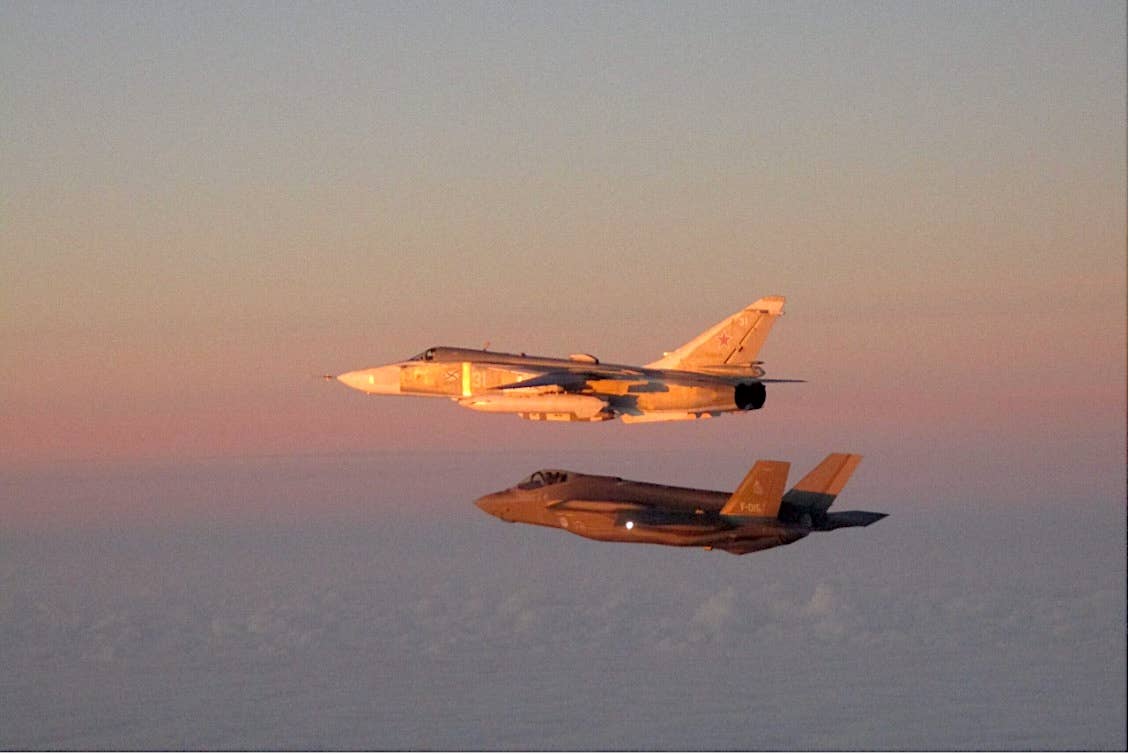Five Killed In Turbo Lance Crash In Nashville (Updated)
Five Canadians were killed in the crash of a Piper Turbo Lance next to a freeway in Nashville on Monday. Two adults and three children died after the plane crashed…
Five Canadians were killed in the crash of a Piper Turbo Lance next to a freeway in Nashville on Monday. Two adults and three children died after the plane crashed and caught fire next to I-40 in a commercial area about three miles south of John C. Tune Airport west of downtown Nashville. The aircraft had been cleared for an emergency landing at the airport, but the pilot told ATC he wouldn't make the runway. "I'm going to be landing. I don't know where," the pilot said in his last transmission.
The pilot reported engine problems and the controller immediately cleared him for a straight-in approach to Runway 2 at the airport, but the pilot said he had the runway in sight. "I'm too far away. I won't make it," he said. The aircraft took off from southern Ontario earlier in the day and made stops in Erie, Pennsylvania and Mt Sterling, Kentucky. It left Mt. Sterling about 6:19 p.m. Eastern and crashed about 2.5 hours later. An earlier story contained an incomplete and incorrect timeline based on early reports.






